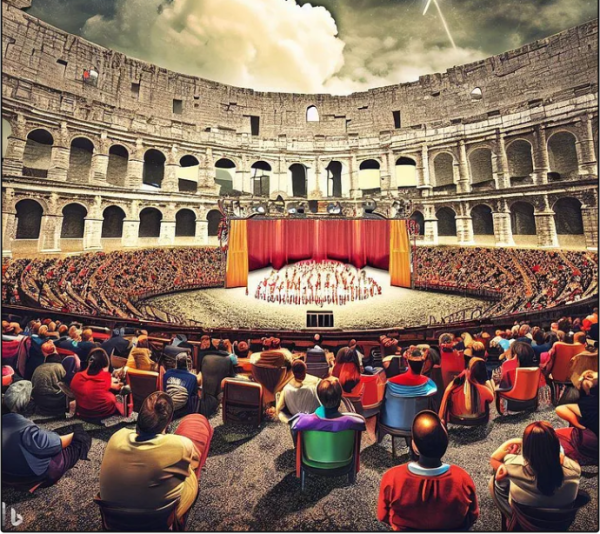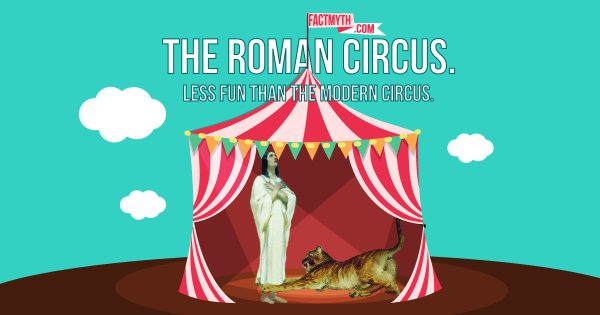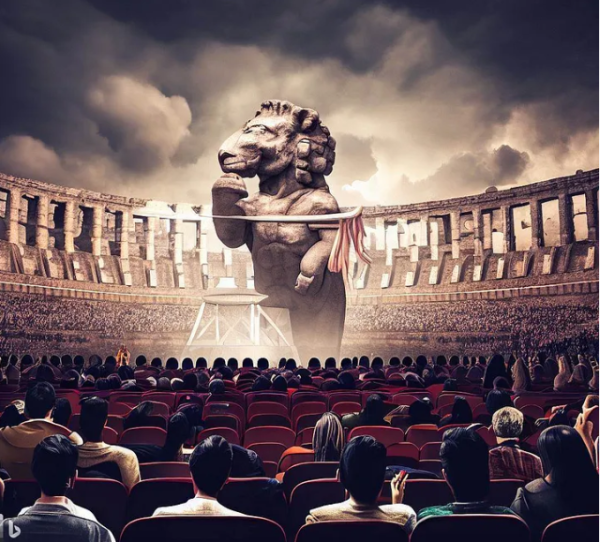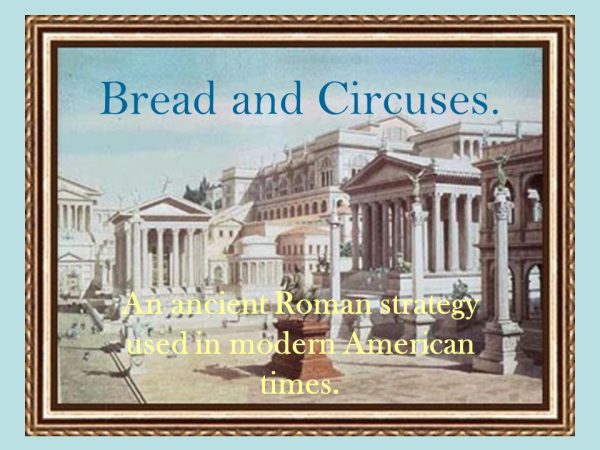There is no actual job that pays more than $2M a year; however, athletes in Soccer, basketball, or Tennis do. Ever wonder why? Bare with me here, ready with an open mind, and I’ll try to teach you a little bit of what others don’t pay attention to.
What is The Roman Circus?

The Roman Circus was an open-air arena used primarily for chariot racing, though occasionally for other events. A Roman circus (derived from the Latin word “circle”) was a sizable open-air facility. It bore a resemblance to the hippodrome of classical Greece. Circuses, along with theaters and amphitheaters, were one of the primary entertainment venues during the period.
Because the fights (between humans and animals) were death-defying, they were the pinnacle of “entertainment” for the general public. When one’s life is in danger, one gets interested. The awareness that someone might lose their life in the ring added a psychological component, pricking people’s sadistic tendencies and increasing curiosity.
History Behind It

The Roman Circus is remembered in history as representing amusement, authority, and diversion. Even today, the governing class still adopts the old tactic of “Give them bread and circuses, and they will never revolt” to appease the populace. The Roman Circus has evolved into new entities, including social media, the music and film industries, sports, and other media. This concept discusses the Roman circuses, looks at modern-day applications of the idea, and looks at how the international establishment uses the modern Roman circus to manipulate, control, and divert common people.
“Give them bread and circuses, and they will never revolt.” Juvenal, a Roman satirist, is frequently credited with coining the famous statement. It summarizes the tactic used by the ruling class to appease and subdue the populace by providing them with needs (food) and entertainment activities (circuses). The governing elite sought to preserve social order and avert uprisings by deflecting attention from urgent issues like political corruption and economic disparity (ex. Africa and its poverty issues from decades ago, sounds familiar to you?)
The early Republic era in Ancient Rome was when the Roman Circus, as we know it now, first emerged. One of the most well-known and renowned circuses, the Circus Maximus, could hold more than 250,000 people. These arenas hosted gladiatorial matches, animal hunts, other shows, and chariot races. The circuses’ purpose was to distract people from social and political problems to preserve the status quo.
Roman Circus Today

The Roman Circus has evolved into a complex organization that spans numerous platforms and sectors in the present period. It encompasses the media, social media, music, cinema, and sports industries. Together, these industries provide a large-scale form of mass diversion and control that is modeled after the old Roman circus.
In the contemporary Roman Circus, the media is critical. News organizations, which are frequently dominated by powerful interests, sway public opinion and craft narratives to forward particular objectives. Infotainment, sensationalism, and celebrity rumors deflect focus from significant problems, keeping the public ignorant of essential concerns that directly impact their lives.
The modern Roman Circus has become even more intense with the emergence of social media platforms. Social media sites like Facebook, Instagram, and Twitter have billions of users globally, making them fertile ground for deception and diversion. Viral content spreads quickly thanks to algorithms built to boost participation, frequently at the expense of thoughtful discussion. Users are often caught up in a pointless cycle of scrolling, cut off from the actual world.
With its captivating narratives and larger-than-life spectacles, the film industry has become an integral part of the modern Roman Circus. Blockbuster movies and franchises provide escapism and entertainment. Still, they also serve as tools for shaping public opinion and reinforcing societal norms. The film industry’s pervasive influence can shape people’s perceptions, beliefs, and aspirations.
The current Roman Circus heavily relies on the music business, which captivates audiences with captivating acts and enticing sounds. Songs provide people with a means of expression and escape, and they frequently become cultural phenomena. However, the sector is not impervious to control and manipulation. Popular music frequently propagates consumerism and diverts attention from important social issues by using commercial motives to create its storylines and themes.
The world of sports has also become a vital component of the modern Roman Circus. International sporting events, such as the Olympics or the FIFA World Cup, captivate billions of viewers worldwide. While sports can unite people and instill a sense of national pride, they can also distract from pressing social and political issues. The financial interests and commercialization of sports often overshadow the true essence of fair play and athletic achievement.
The modern Roman Circus, encompassing media, social media, the film industry, music industry, and sports, plays a significant role in controlling, distracting, and manipulating ordinary people. Understanding its historical roots and contemporary manifestations enables individuals to navigate this landscape more critically. Society can only move towards a more informed, empowered, and engaged future by recognizing the mechanisms of control and demanding transparency.
Wanna Do Something About It?

The first step to escaping the hold of the contemporary Roman Circus is awareness. By critically analyzing their information and seeking different viewpoints, people can learn to be wiser and more resistant to deception. The global elite’s influence can be resisted by conducting independent research, challenging popular narratives, and supporting independent media outlets. Ordinary people can work toward a society that values justice, truth, and authentic human connection by taking back their focus and demanding openness.
What happens to those people who try to warn everybody they can about world-changing things just discovered? They get viewed as “schizophrenic”, “maniacs”, “conspiracy addicts”, and the most popular of all, “mentally ill”. The article you just read is not trying to say that we live in a messed up world full of elites dominating it (or maybe it is). Its aim is to create consciousness of concepts that nobody talks about because either they do not care enough, or the government does not want you to know what they do in order to keep you away from their nasty, lugubrious actions.